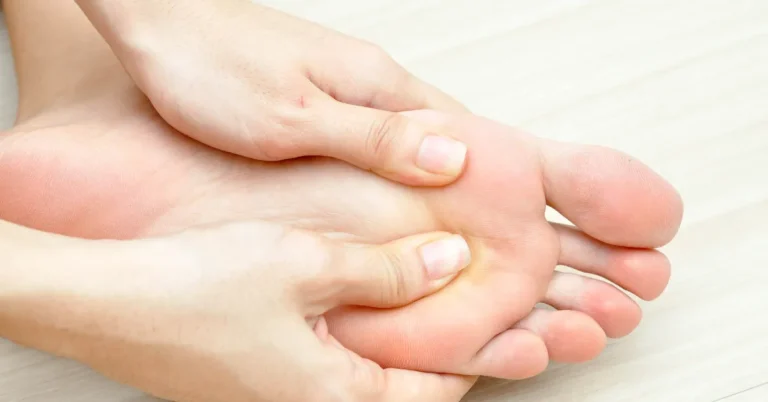Best exercises for weight loss
Exercise? Me?
Best exercises for weight loss. Losing weight happens by not only changing your eating habits, but also stepping up your exercise routine. Regular exercise will go a long way in achieving your goals. To lose weight, you should aim to get at least 300 minutes of moderately intense activity each week. Here are some exercises that can help you on that journey. Just remember to first talk with your doctor about which ones might be best for you.

Walking
If you were to add half an hour of brisk walking to your daily routine, you could burn about 150 more calories than you usually do each day. The faster and longer you walk, the more calories you burn. Walking is a great option if you’re new to regular exercise. Start with shorter journeys and build up to longer, more intense ones.
Jumping Rope
If you’re looking for a cheap piece of workout equipment you’ll be able to take on trips, a jump-rope just might be for you. Jumping rope is a fantastic way to burn calories fast. In fact, you’ll burn more of them by jumping rope than walking on a treadmill for the same amount of time. You’ll also work multiple muscle groups, from your core to your upper and lower body. Jumping rope can also improve your coordination.
High-Intensity Interval Training (HIIT)
Best exercises for weight loss High-intensity interval training (also called HIIT) is a type of workout that switches back and forth from intense physical activity to less-intense exercise. You shouldn’t do it every day, but it’s very effective for weight loss. You’ll burn more calories with HIIT than with steady cardio. The intense exercise keeps your body working and in fat-burning mode for up to 24 hours after your workout ends.
Cycling
Cycling is another great way to lose weight, and it’s a low-impact, adaptable exercise. You can burn about 400-750 calories an hour riding a bike, depending on your weight, how fast you’re going, and what type of cycling you’re doing.
Swimming
It can be hard to be motivated to work out if your knees are achy or your back hurts. If you’re in that boat, swimming is an ideal 20 min exercise. It’s easy on your joints, you’ll use both your upper and lower body, and you’ll get a good cardio workout. You’ll reap the benefits from the resistance of the water, too. If you swim for a half-hour a few times a week, you’ll lower your risk of heart disease, stroke, type 2 diabetes, and some cancers. It’ll also bring down your bad cholesterol and blood pressure.
1. Cardio Exercises (High-Calorie Burn)
Cardio workouts increase your heart rate, helping you burn calories efficiently. Examples:
- Running or Jogging: Great for burning calories and improving endurance.
- Cycling: Both stationary and outdoor cycling are excellent for lower body strength and calorie burn.
- Swimming: Full-body workout that burns calories while being gentle on joints.
- High-Intensity Interval Training (HIIT): Alternating short bursts of intense activity with rest (e.g., sprint for 30 seconds, walk for 1 minute).
- Rowing: Engages upper and lower body, making it a great calorie-torching workout.
2. Strength Training (Boosts Metabolism)
Strength training builds lean muscle, which increases resting metabolic rate. Examples:
- Weight Lifting: Focus on compound movements like squats, deadlifts, and bench presses.
- Bodyweight Exercises: Push-ups, planks, lunges, and squats.
- Resistance Bands: Great for toning muscles and improving flexibility.
- Circuit Training: Combines strength exercises with minimal rest to keep your heart rate up.

3. Low-Impact Options (Sustainable for Beginners)
For those who want to avoid high-impact exercises:
- Walking: A brisk 30–60-minute walk can burn significant calories.
- Yoga: Certain types like power yoga or vinyasa can help burn calories and improve flexibility.
- Pilates: Focuses on core strength while burning calories at a moderate pace.

4. Full-Body Workouts
Workouts that engage multiple muscle groups are efficient for weight loss. Examples:
- Burpees: Combine cardio and strength.
- Kettlebell Swings: Build strength and burn calories.
- Mountain Climbers: Engage your core and boost heart rate.
- Jump Rope: Easy, portable, and burns lots of calories quickly.
5. Active Recovery Exercises
Don’t overlook recovery! Incorporate:
- Stretching: Keeps muscles flexible and reduces soreness.
- Foam Rolling: Aids recovery and prevents stiffness.
- Tai Chi: Gentle movement that improves mobility and mindfulness.
The Benefits of Morning Exercise
Might Help Your Body Burn More Fat
One small study with only male participants found that those who exercised in the morning before breakfast burned twice as much fat as those who worked out after breakfast. That’s because when you exercise while fasting, you have lower insulin levels, which helps your body to burn more fat. These findings suggest that morning exercise before breakfast can help your body use fat as an energy source and support healthy weight loss.
May Help You Be More Consistent
Many people find that morning workouts are easier to stick to because they’re less likely to be interrupted by other commitments or distractions that can arise later in the day. Data has found that regular morning exercise can lead to more frequent exercise and better support weight loss than exercising later in the day
Mike Masi, CPT, a certified personal trainer at Garage Gym Reviews, says, “Morning exercise makes it easier to stick with your routine when you start your day with it. When waiting until later in the day, other obligations can come up that can get in the way of working out, or you may feel too tired from the day. You can plan to work out in the morning before you need to do anything else.”
May Improve Your Mood and Energy Levels
Physical activity stimulates the release of endorphins, neurotransmitters that help alleviate stress and anxiety. Additionally, exposure to natural light during morning exercise can regulate your circadian rhythms, leading to better sleep quality and overall mood. Doing your morning exercise outdoors or using bright indoor lighting to simulate natural light when possible helps you reap these benefits even more.
May Support Your Weight-Loss Goals
One small study found that morning exercise improved cardiometabolic health by reducing abdominal fat and blood pressure in women, while men experienced these benefits when exercising in the afternoon. Since this study was made in a small sample, more research is needed to confirm these results.
That said, the timing of exercise alone isn’t a guaranteed solution for weight loss. Maintaining a balanced diet and consistent exercise routine are crucial for achieving your weight-loss goals.
Which exercise makes you lose weight the fastest?
To achieve the desired calorie burn, you must exercise for 1 hour and maintain your heart rate within your ideal heart rate range, which should be approximately 60% and 75% of your maximum heart rate.
Lose Belly Fat in 7 Days. Important Note: While significant belly fat loss in just 7 days isn’t realistic or safe, you can kickstart your weight loss journey and see initial results using these evidence-based home remedies. This guide focuses on healthy, sustainable methods that can help you begin reducing belly fat and establish long-term habits for continued success.
This capacity, however, will depend on your physical conditioning, age and the intensity of the exercise. Exercising below these values will not help you lose weight but can bring other health benefits, such as improving cardiorespiratory capacity.
Exercises to lose weight at home
It is also possible to perform aerobic and muscle-strengthening exercises at home.
You can purchase simple equipment, like dumbbells and bands, participate in online classes, or run or walk briskly outside everyday.





